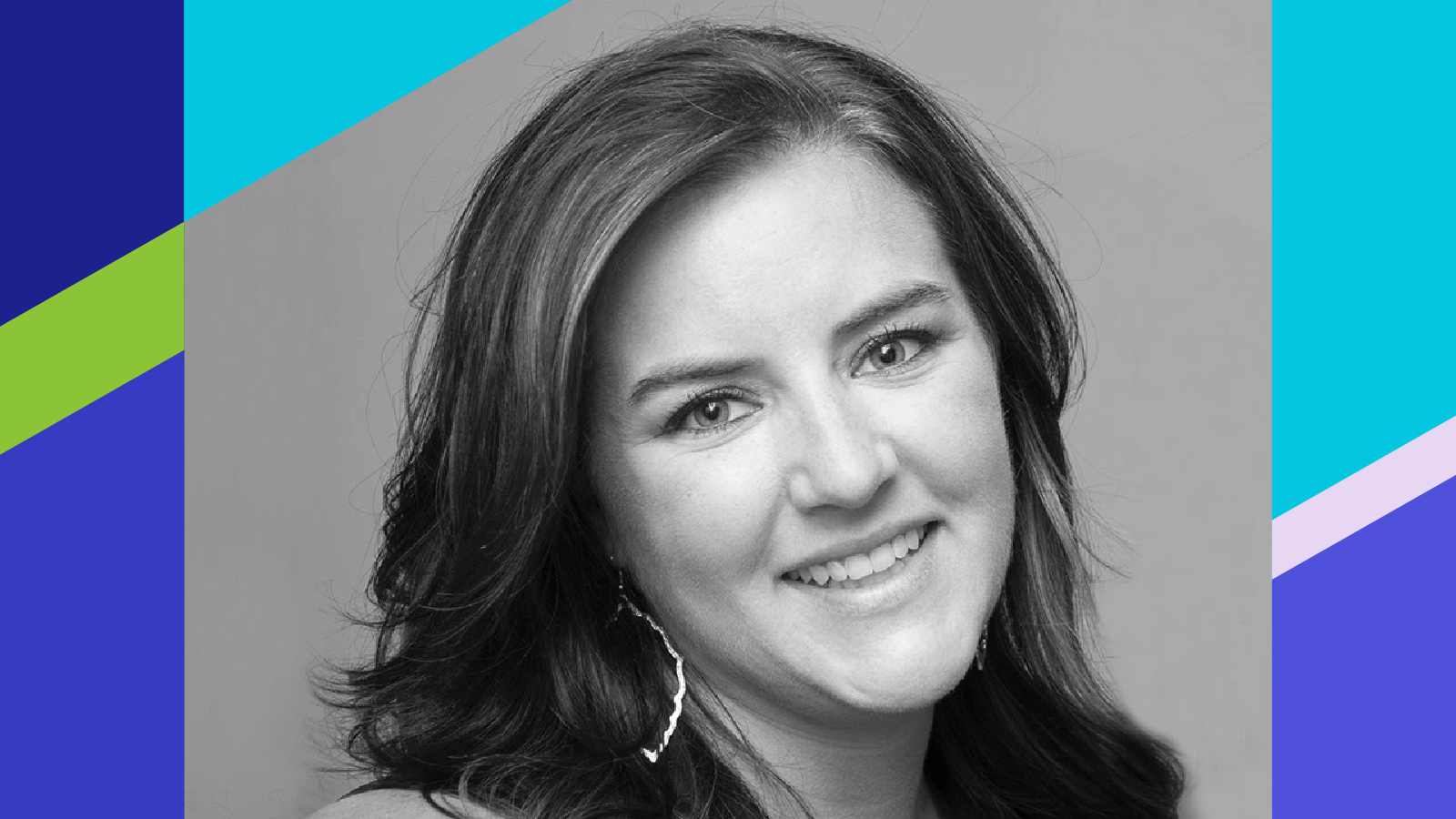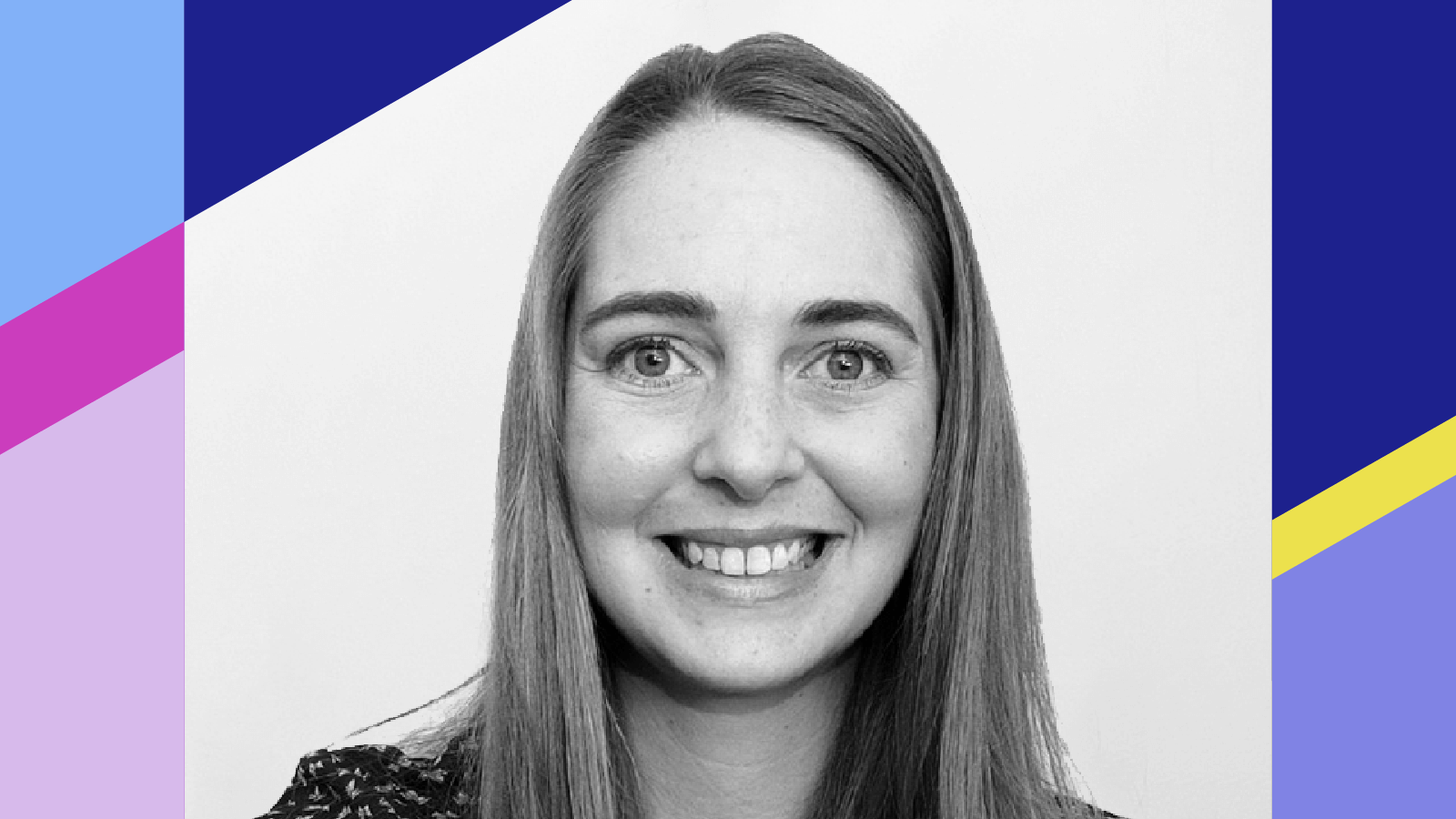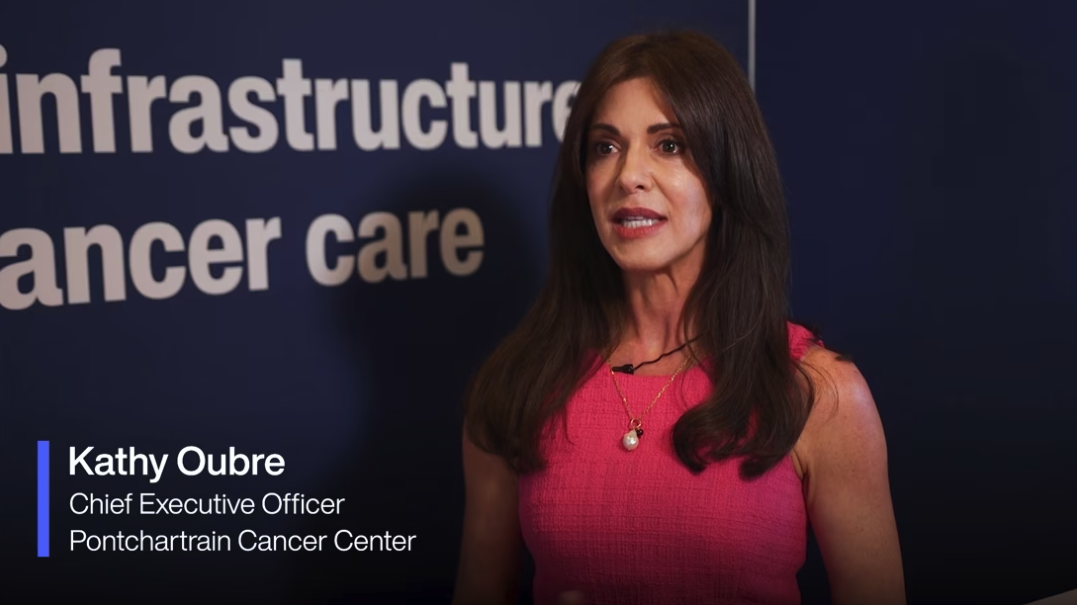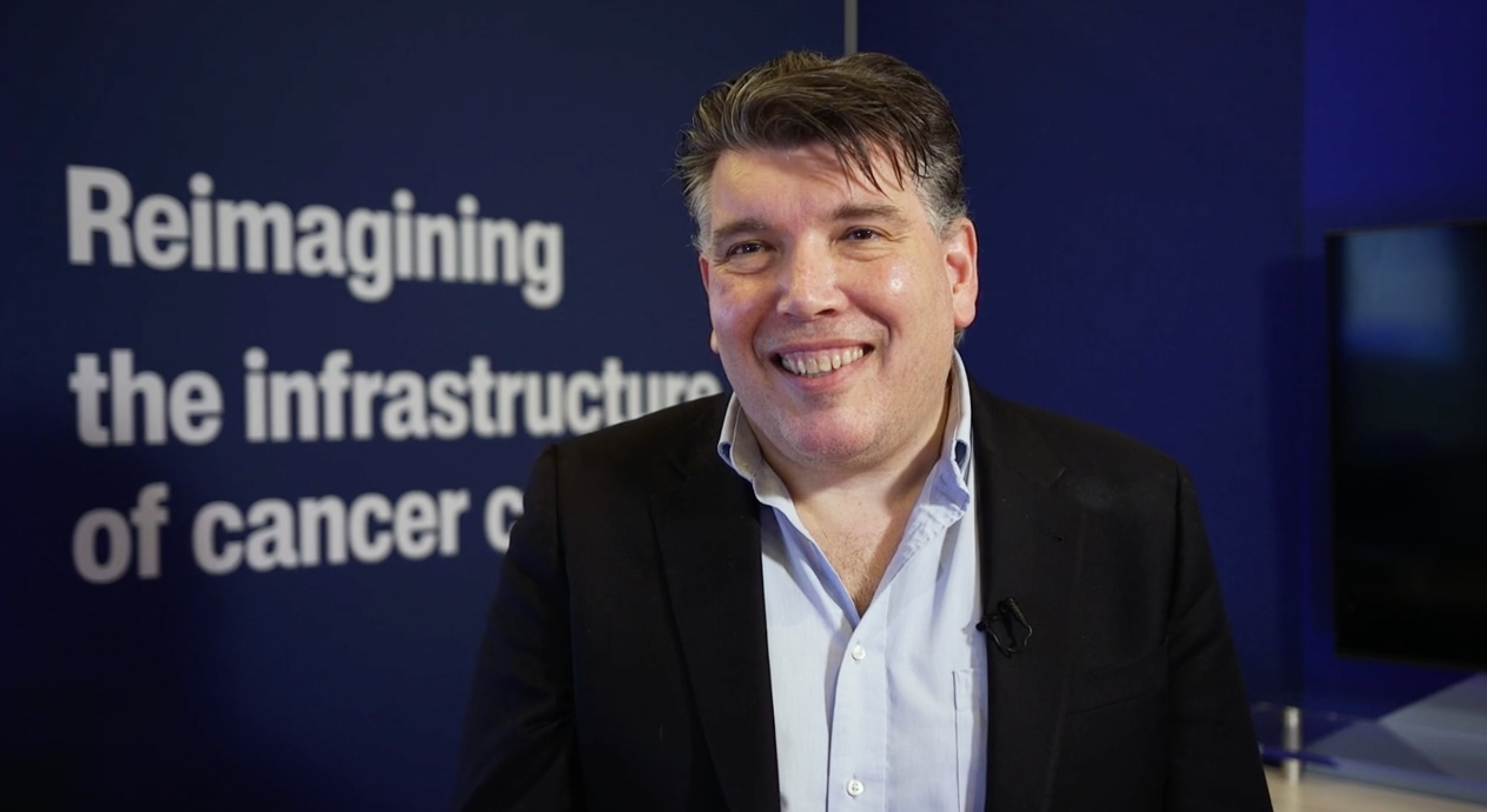We spoke with Rachel De La Rosa about her start in community oncology, the new tumor assessments feature in OncoEMR®, the experience of beta testing a new feature, and more.
Joining us today From the Community, we’re speaking with Rachel De La Rosa, the manager of clinical and enrollment nursing teams at Sarah Cannon Research Institute.
Flatiron: Hi Rachel! We’re so excited to speak with you today in our From the Community series. To kick things off, can you tell us a bit about yourself and how you first got involved in Community Oncology as a research nurse?
Rachel: My start in Community Oncology stems back to my days in nursing school. I did an internship on an oncology floor and fell in love with a patient I was assigned to, and knew that this was a calling. That turned into a full-time position at a hospital in Murfreesboro and went into a role on the floor taking care of patients that were inpatients.
When I had my second child, I started thinking, “Do I really want to do 12-hour shifts and things of that nature?” and the answer was no. So I started looking for other options.
We had research patients on our floor in the hospital, and that was my first exposure to research. There were physicians that were a part of the research at that time, and I started talking to them and learning about what research entailed, and I heard of this term “research nurse.”
So I joined the team ten and a half years ago at Sarah Cannon as an enrollment research nurse — consenting and enrolling patients onto phase one clinical trials. And through the years I’ve held several positions within Sarah Cannon, including manager of both clinical and enrollment nursing teams.
Flatiron: I would love to get your thoughts on the new tumor assessments feature that we’ve released. What has your experience been like with that new feature so far?
Rachel: So far, it's been extremely positive. The feature is easy to use. It's very user-friendly. The way that it's set up and the way that the nurse navigates through the system and navigates through the form, it's very user-friendly. Time-saving. It's a huge time saver. The fact that this feature auto-calculates is a huge feature that is helpful to the nursing team.
I would say the ease of function on the tumor assessment feature is a huge thing for nurses. We're always looking for what is going to help us be the most efficient so we can get back to patient care.
And on the physician end, there’s also been very positive feedback. Once you sign the RECIST log and the document's final, and the physician and the nurse navigate to that page to assess that patient, it's very clear, it's very clean. Coming from previous versions — which were actually handwritten, with a lot of corrections and lines through and signatures and dates — it got very messy, for lack of a better term. And now it's a clean version that you can look at and tell exactly how a patient's disease has been doing.
We're always looking for what is going to help us be the most efficient so we can get back to patient care.
Flatiron: I know that you were also involved in the beta testing of this feature. What was that experience like for you, and do you remember any of the feedback you gave on this feature?
Rachel: I know we definitely gave feedback to highlight and make “longest versus shortest diameter” bold so nurses make sure they put it in the correct place within that system. We gave feedback that guided the feature to alert you of certain things, and I remember we had a conversation to make the character link in the description of the lesion longer. I will say from a user perspective, there wasn't a long list of things that really needed to be changed.
Flatiron: And how did you find the experience of being a beta tester? Is that something you would want to do again?
Rachel: Oh, for sure. It was very nice to have. One of my senior nurses and myself had access to the beta, and it was very nice to go into a test patient, play around with it. I always tried to say when we did our training on it, “Hey, we tried to break it!” And that's always been our approach to those kinds of things, is get in there and try to see if it will mess up. And it was nice to take part and be able to provide the feedback for things that are coordinated in the clinical setting.
It was nice to take part and be able to provide the feedback for things that are coordinated in the clinical setting
Flatiron: Thank you so much for speaking with us today, Rachel. We really appreciate your insight!



